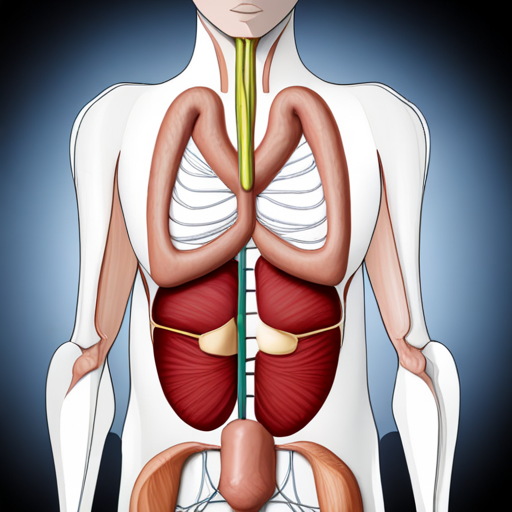- Home
- About Us
- Editorial Board
- Online Submissions
- Current Issue
- Archive
- Special Issue
- Author Desk
- Contact US
Recent Posts
Copyright © Journal of Rangpur Medical College, All Rights Reserved & Powered By NSM Limited
Comparison Between Effects of Ketofol and Fenofol as Sedative in Elective Caesarean Section Under Subarachnoid Anaesthesia

Md Enayet Karim
Classified Specialist Dept. of Anaesthesiology Combined Military Hospital Chattogram
RAM Mustafijur Rashid
Graded Specialist Dept. of Anaesthesiology Combined Military Hospital Chattogram
Mohammad Saleh Akram
Graded Specialist Dept. of Anaesthesiology Combined Military Hospital Chattogram
Reza Ershad
Professor Dept. of Anaesthesiology East West Medical College and Hospital Dhaka
DOI: https://doi.org/10.3329/jrpmc.v8i1.65033
Keywords: Ketofol, Fenofol, Sedation, Subarachnoid anaesthesia
Abstract
Background: Regional anaesthesia has become an important anaesthetic technique now a days. The use of spinal (subarachnoid) anaesthesia is often limited by the unwillingness of patients to remain awake during surgery. Pharmacologically induced tranquility improves acceptance of regional technique.
Objective: This study compares Ketofol (Ketamine+Propofol) and Fenofol (Fentanyl+ Propofol) in terms of onset and recovery of sedation, haemodynamic effects, respiratory effects and adverse effects of both the drugs during elective Caesarian section under spinal anaesthesia.
Methods: This randomized clinical trial included 60 ASA (American Society of Anaesthesiologists) grade I or II patients between age 20-40 years undergoing elective Caesarean sections under Subarachnoid anaesthesia during the period of January 2022 to June 2022. Patients were randomly allocated to one of two groups: Ketofol group (Group KP, n=30), who received Ketofol in a single dose of 0.5mg/kg (Ketamine- 0.5mg/kg+Propofol-0.5mg/kg) and Fenofol group (Group FP, n=30), who received Fenofol in a single dose of Fentanyl-0.5mcg/kg+Propofol-0.5mg/kg. Spinal anaesthesia was conducted by injecting a hyperbaric solution of 0.5% bupivacaine 3ml through a 25G spinal needle at L3-4 level. All parameters were documented at 5 min intervals until arousal of the patient. The onset of sedation i.e. time from iv (intravenous) injection of Ketofol or Fenofol to closure of eye lids and the arousal time from sedation i.e. time from closing of the eye lids to OAA/S score of 5 (patient is awake clinically) were noted. Any complication during operation was documented. Patient’s satisfaction with the sedation was assessed by the 5 point ‘Likert verbal rating scale.
Results: There was no significant difference of mean blood pressure and mean heart rate between the two groups (P>0.05). Time of onset of sedation was comparable between the two groups (P>0.05). Duration of sedation was significantly less in Fenofol group (p value=<0.001). Significant percentage of patients required oxygen supplementation after sedation with Fenofol due to hypoventilation (66.66% vs 10%, p value <0.001). Incidence of nausea and vomiting was significantly more with Fenofol (46.66% vs 10%, p value >0.001).
Conclusion: The study showed that the arousal time i.e. duration of sedation was significantly more with Ketofol than Fenofol which is beneficial for the patient in single dose technique for sedation. Fenofol was associated with significantly high incidence of nausea, vomiting. Moreover, significantly higher percentage of patients required O2 supplementation due to hypoventilation during sedation with Fenofol. Thus it is recommended that Ketofol is a better choice than Fenofol for sedation in single dose technique during subarachnoid block for Caesarean section.
J Rang Med Col. March 2023; Vol. 8, No. 2:20-26
Please wait while flipbook is loading. For more related info, FAQs and issues please refer to DearFlip WordPress Flipbook Plugin Help documentation.
Recent Posts
Related Articles
Multiple Splanchnic Venous Thromboses: A Fatal Complication of Recurrent Pancreatitis
Richmond R Gomes Associate Professor, Department of Medicine, Ad-din Women’s Medical College...
ByadminSeptember 21, 2023Abernethy Syndrome with Left Renal Artery Stenosis: Our first experience
Md Mahfuzer Rahman Professor & Head, Department of Medicine, Rangpur Medical College,...
ByadminSeptember 21, 2023Isoniazid-induced Encephalopathy in a Patient with Pott’s Disease with Chronic Kidney Disease: A Case Report
Md Helal Miah Assistant Professor Department of Medicine Rangpur Medical College, Rangpur...
ByadminJune 17, 2023





Leave a comment